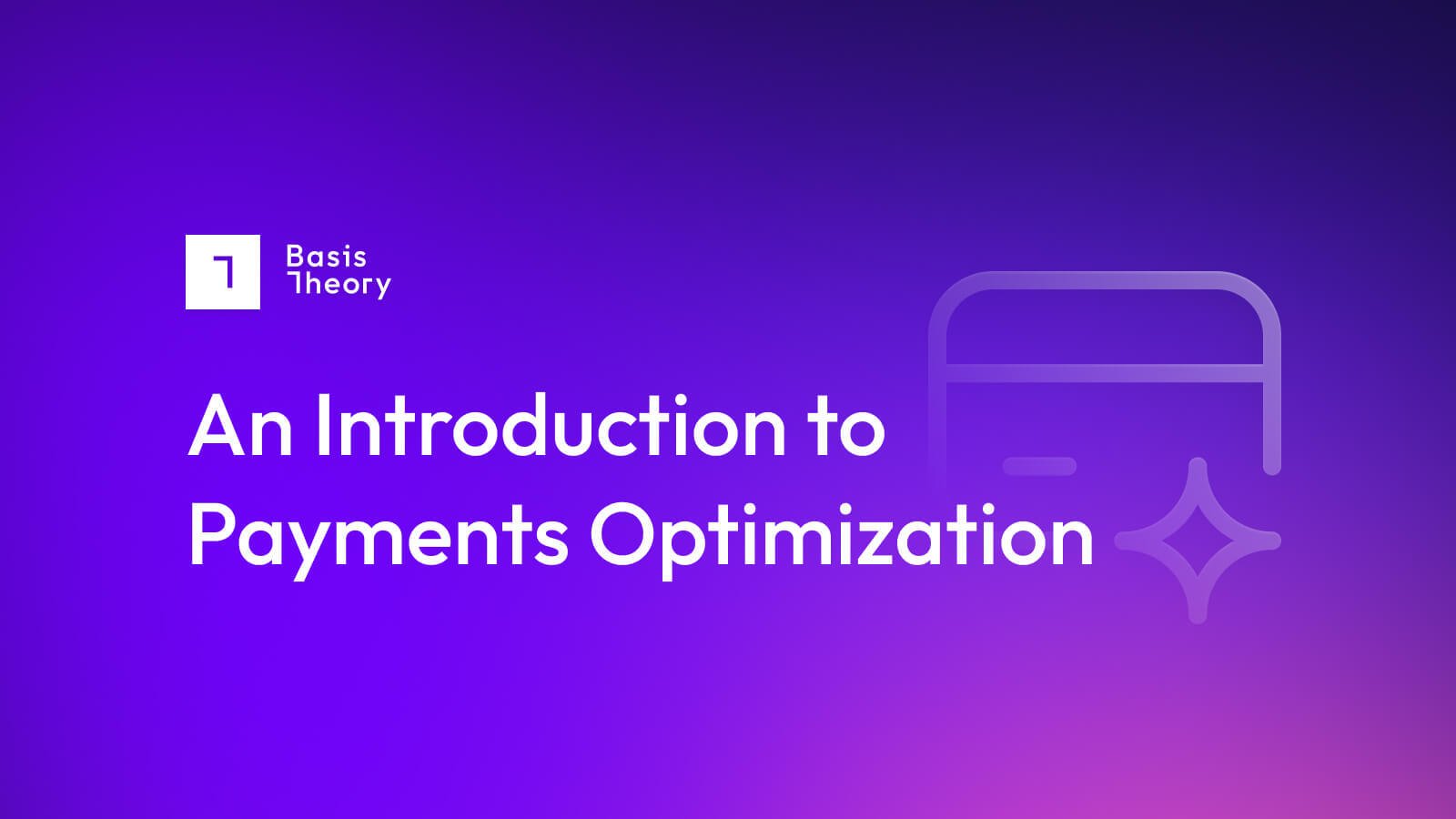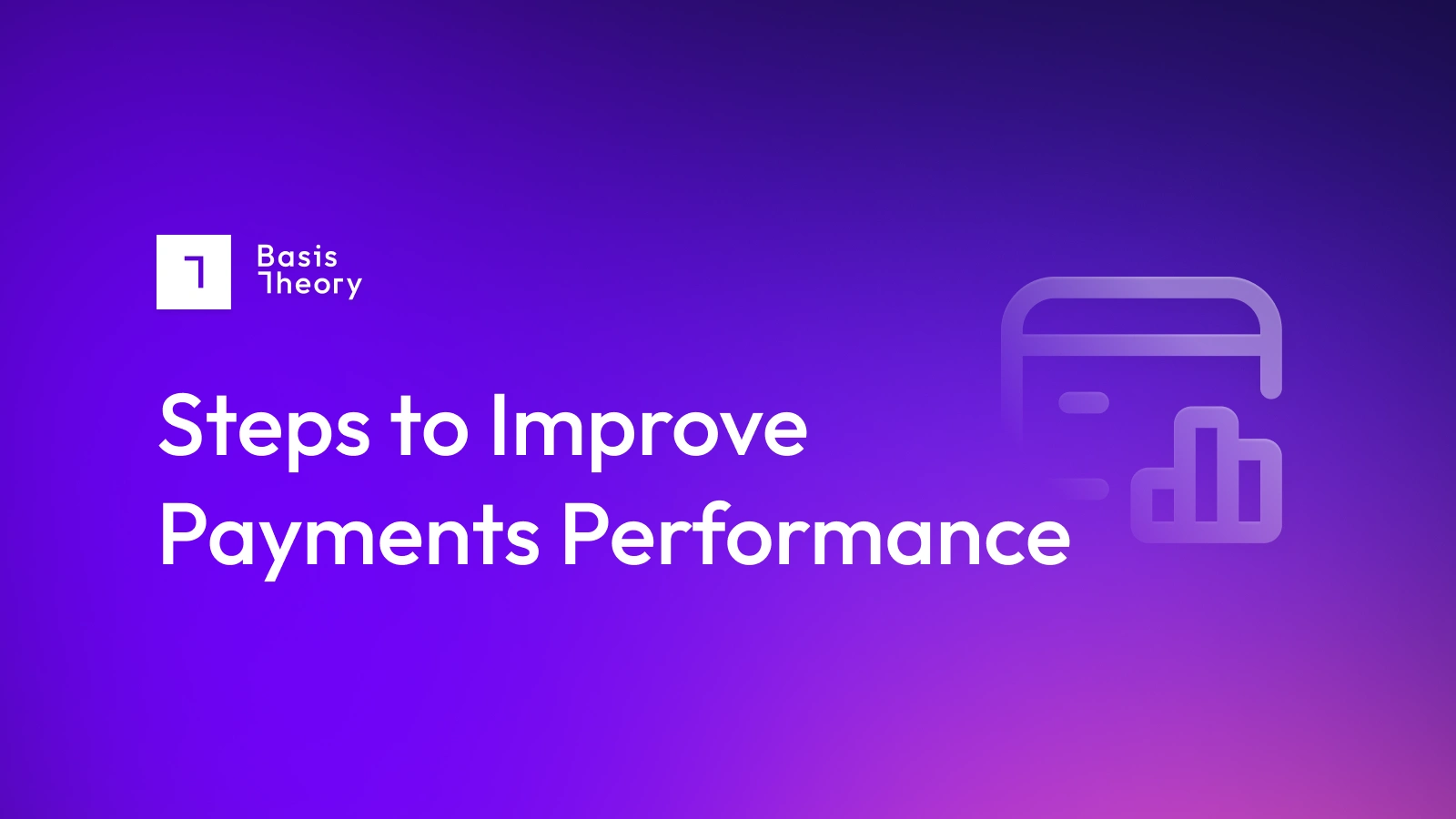Payment Optimization Strategies: What merchants can do today to help

At its core, payment optimization streamlines the way businesses accept, process, and manage payments to improve customer experience and cut costs. It starts by identifying the time-consuming and expensive processes that drive up the total cost of accepting payments. Improvements can then be planned and executed, like implementing best practices in cardholder validation, data collection, payment routing, and fee solutions that can optimize payments for the organization.
With the right payment optimization strategy, it is possible to lower the cost of payment acceptance while still delivering convenience, ease, and transaction security to your customers and your business - and keeping successful close rates high.
Payment optimization allows companies to:
- Increase Sales
- Improve Conversion Rates
- Grow Profits
Here's what merchants need to know about payment optimization.
Payment Vaulting
A credit card vault is a service provided by a third-party that stores, protects, and provides access to stored cardholder data for a merchant. Tokenization is the special sauce that allows credit card vaulting providers to offer a safe, secure, and flexible service. It exchanges sensitive personally identifiable information (PII) with a unique identifier, which can never be converted back to the underlying data.
The vaulting service is entirely payment service provider (PSP) agnostic, meaning that stored information can be routed to any payment destination of the merchant's choice. Vaulting credit card data with a third-party provider reduces the cost of regulatory compliance for a merchant and does away with the risk of PSP lock-in
Expand Payment Options
One way to optimize your payments is by offering more payment options. Companies that offer multiple ways to pay have a broader range of options for their customers, leading to more opportunities to attract sales. In one study, 7% of shoppers abandoned a transaction due to a lack of familiar payment options. To optimize, businesses should offer ways to pay beyond credit and debit cards, such as electronic checks, gift cards, and mobile wallets.
By diversifying your payment options, you also open up your business to new customer segments. For example, while some consumers are happy to pay by credit card, many younger consumers prefer online wallet options like Apple Pay, Google Pay, or Venmo. Consumers across the world often prefer local choices, like Alipay, BLIK and Boleto.
And, as alternative and emerging payments continue to become mainstream, ensure you offer the payment methods your customers seek.
Embrace Mobile Payments
Another key aspect of payment optimization is recognizing the growing importance of mobile payments. The number of consumers using mobile payment methods has risen drastically in the last several years. Capital One Shopping estimates that 114.8 million smartphone users used mobile payments in 2023, which is about 43% of all US smartphone users. A critical factor in mobile payments is the younger generations of shoppers. 78% of Gen Z shoppers said they would stop shopping somewhere that did not accept mobile payments, according to a 2023 Forbes Advisor poll.
At this point, it is clear shoppers demand mobile payments in the US and internationally, and businesses must implement mobile payment options to stay competitive.
To optimize mobile transactions, businesses should focus on creating a user-friendly and easy “mobile-first” interface for consumers. This can include features such as touch ID, fingerprint scanning, and facial recognition for added security and convenience.
Use Multiple PSPs
Contracts with different Payment Service Providers (PSPs) can vary significantly based on a range of factors, including:
- Sales Volume
- Payment Types Supported
- Online versus offline payment services.
- Fee structure (transactions commonly incur fees of a percentage plus a flat amount.)
- Providing one-time and/or subscription payment services.
- Geographical location (which can incur cross-border charges.
By contracting with multiple PSPs, vendors can algorithmically determine the optimal PSP for each secure transaction. For instance, a vendor may have guaranteed a certain volume of traffic to a higher-fee PSP that is particularly adept at processing cross-border transactions; but be able to redirect excess transactions to a lower-cost provider once the guarantee is met.
In order to use multiple PSPs effectively, vendors need to ensure they either complete the onerous and ongoing task for becoming PCI-DSS Level 1 compliant so that they can store sensitive data; or contract with a tokenization partner, like Basis Theory, that can provide a secure token vault and reduce the risk and cost of passing raw sensitive data to the PSP endpoints.
Combat Fraud
Combating fraud is also a crucial part of optimizing payments. According to the Federal Trade Commission (FTC), credit card fraud accounted for 42% of all identity theft complaints in 2019 and a report by Javelin Strategy and Research showed that credit card fraud occurs every two seconds in the United States.
These statistics demonstrate the universal threat of credit card fraud and the importance of implementing measures to combat it, so companies must be cautious when choosing secure payment services and work with partners that can accurately detect fraud and prevent flagging genuine transactions. This includes implementing fraud detection software, training employees on how to spot fraudulent transactions, and requiring additional verification steps for high-risk transactions.
Future-Proof Your Payments Stack
Payment optimization is crucial for businesses looking to stay competitive in e-commerce and beyond. By expanding payment options, embracing mobile payments, and combating fraud, businesses can increase sales, improve conversion rates, and ultimately grow profits.
Merchants should stay informed about the latest trends in payment technology and find ways to implement them in their own operations, because the "emerging" trends of today will be the mainstay factors of tomorrow.
Programmable payment vaults offer a great solution to future-proof and optimize a merchant's payment stack. Choosing a partner like Basis Theory allows merchants to:
- Create engaging e-commerce flows.
- Connect with any partner.
- Effortlessly manage compliance.
- Keep control of payment data.
Merchants can stand up a vault in as little as 5 minutes and begin migrating card data, connecting with partners, and controlling payment flows. And, because we strongly believe in vendor flexibility, we make it easy for merchants to migrate their data off Basis Theory.
.png?width=365&height=122&name=BTLogo%20(1).png)



